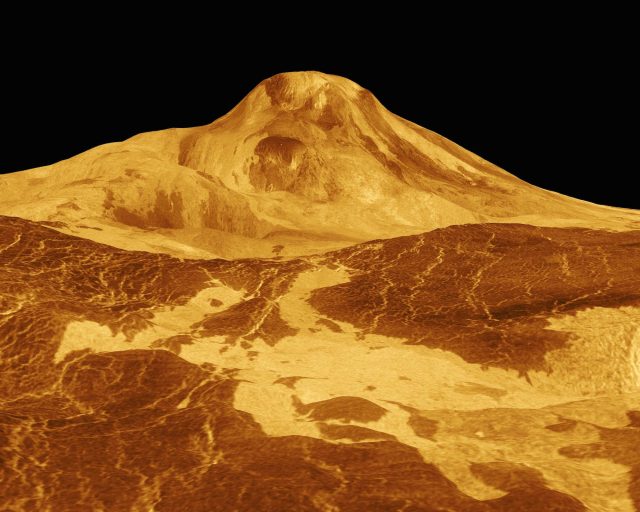Venus’ crust heals too fast for plate tectonics
Ars Technica » Scientific Method 2014-04-21

The emergence of plate tectonics is arguably Earth's defining moment, the authors of a new Nature paper write. Out of all the planets we’ve looked at carefully, Earth is the only one that has a hard outer crust with distinct pieces that shift and move. Our home is unique in its continents and quakes.
Some scientists think that plate tectonics are essential for life—so much so that if they could figure out a way to spot tectonic action on exoplanets, they think it would be a good indication that there might be life there, too. Tectonic activity recirculates minerals and recycles carbon. As one plate slides under another (a process called subduction), it pushes carbon down into the mantle with it.
Without plate tectonics, carbon would build up in the atmosphere. Venus, which does not have tectonics, shows the results: an atmosphere that is 96 percent carbon dioxide. It's toxic. Yet Venus is about the same size and composition as our planet, so why doesn't it have plate tectonics?
Read 9 remaining paragraphs | Comments